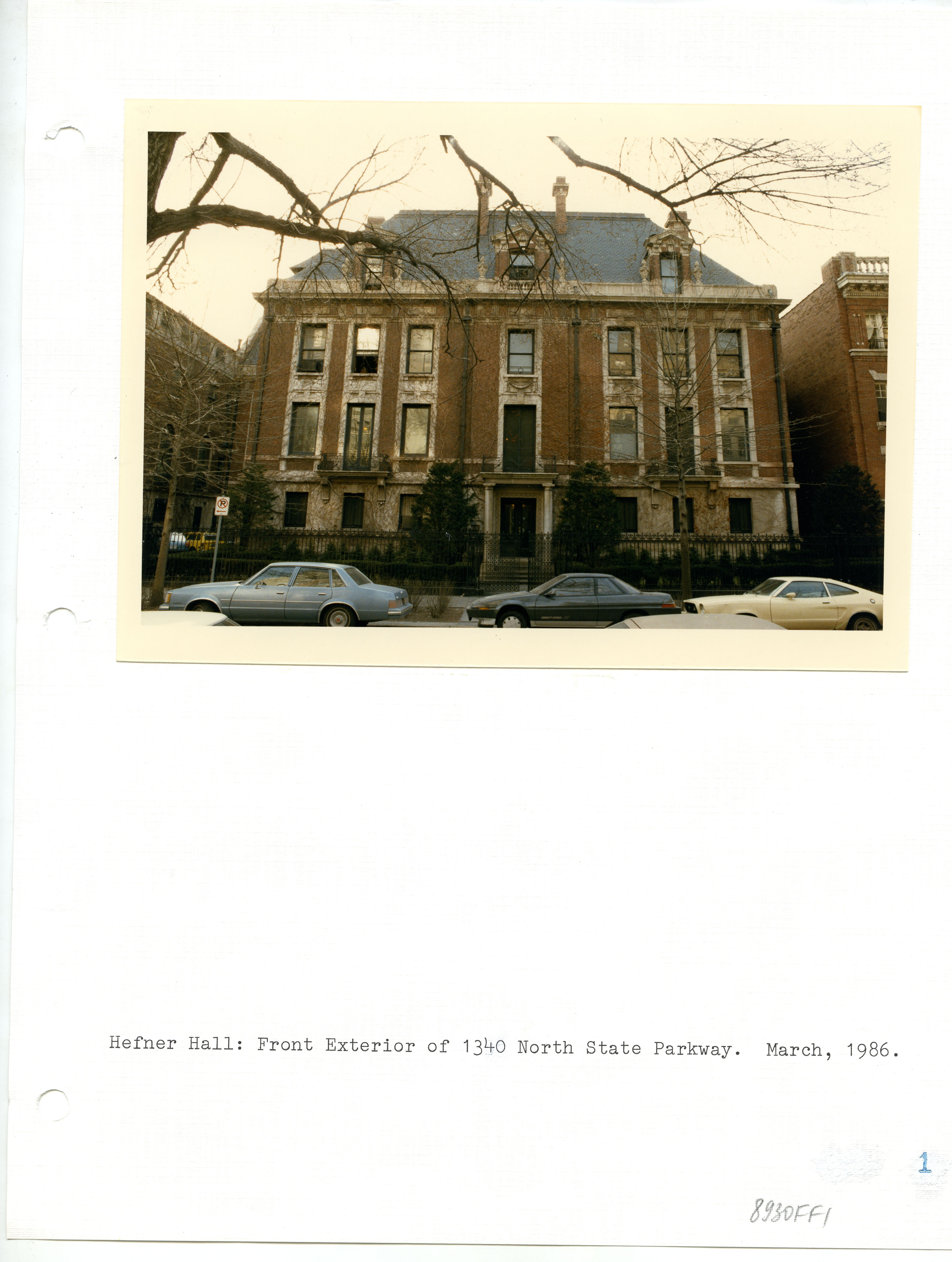
The death of Playboy founder Hugh Hefner stirred up many feelings — namely that he was a creepy old man with live-in sex slaves whose “sexual revolution” went on to objectify women, negatively impact depictions of female sexuality, and set unrealistic beauty standards. Playboy’s history with the feminist movement is long, certainly nuanced, and a large part of public response to Hefner’s death. Which is why I jumped at the opportunity to explore Hef’s ties to the School of the Art Institute of Chicago (SAIC). Rumors of Hef’s interest in SAIC had come up in the past, but I tried not to go down that investigative rabbit hole. That is, until I found an SAIC Tumblr claiming that the Playboy Mansion was owned by the school and functioned as SAIC’s first dorm building.
In 1959, Playboy purchased 1340 N State Parkway (to my surprise, Playboy was founded by Hef himself in Chicago in 1953, not some sleazy corner of California as I previously assumed). The 70 room, 3,000 square foot home became the original Playboy mansion. Its crown jewel was a basement grotto featuring a swimming pool with a glass wall and attached bar (several people and articles are fascinated by this pool).
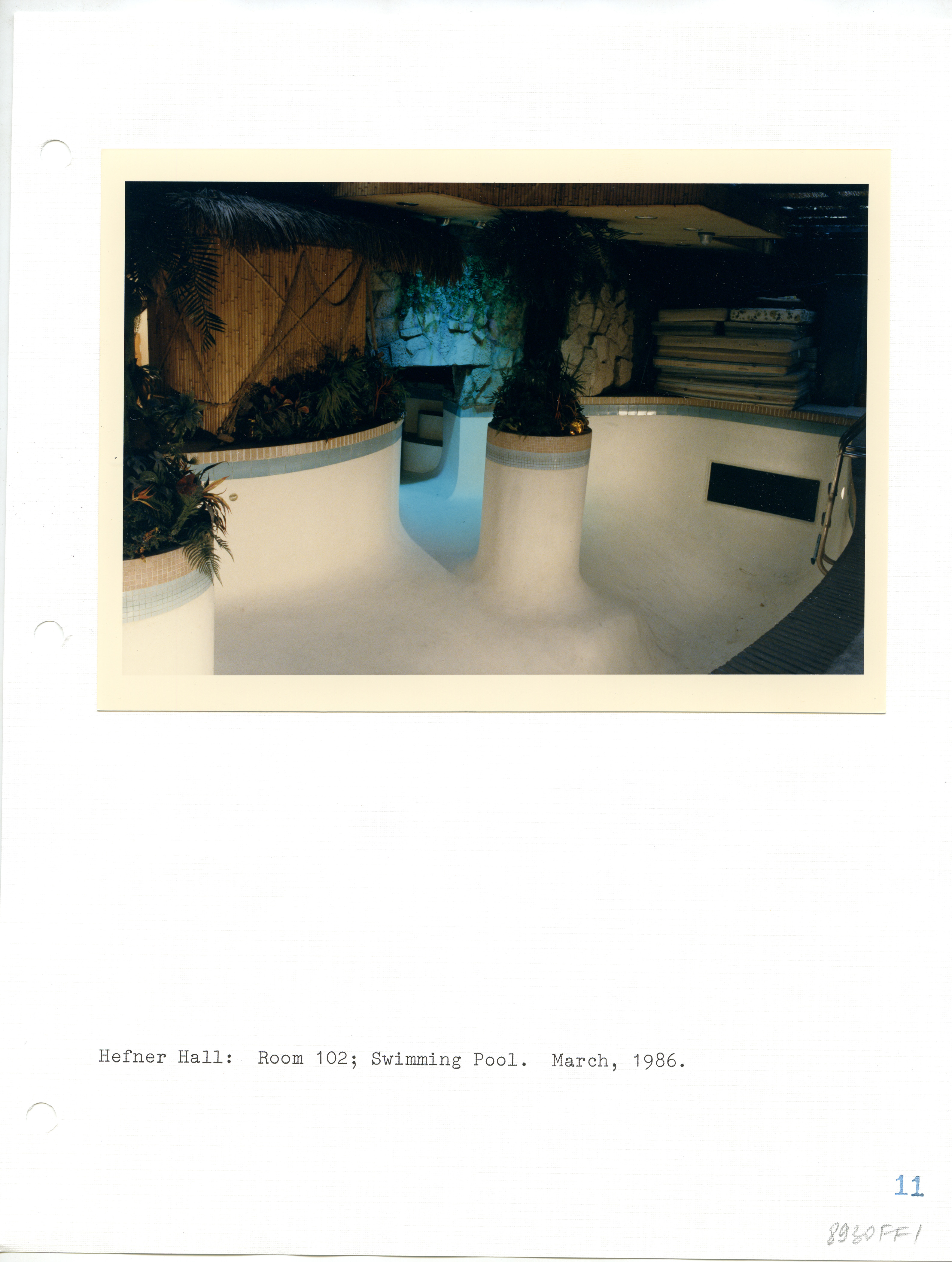
Hefner gave the mansion to SAIC in 1984 on the condition that they lease it for five years before gaining ownership. The yearly rent was $10. Though the school sold the building to establish a scholarship fund in 1990, Hefner Hall was the beginning of SAIC’s Residence Life program.
Until Hefner Hall opened in 1985, all SAIC students lived independently: no dorms, no UPASS, no staying up all night in the 162 studio space. According to Dean of Student Life Debbie Martin and Vice President of Student Affairs Felice Dublon, Hefner Hall is the reason SAIC has dorms at all. “It was so successful, we decided to leave Hefner Hall and open the 112 S. Michigan Hall,” said Martin.
Most of the original furniture and interior design remained untouched. “There was a walk-in fireplace,” said Dublon, “everything was wood inlay, students could not put anything on the walls.” I’m still not sure what a walk-in fireplace is, or what innocent purpose one could serve.
Furniture, medieval armor, and a stereo system so nice that it was feared are just a few objects left behind by Hef. Though the school tried to avoid modifying the historic building, Hef’s sex den was not designed for a conceptual art school. Bedrooms were turned into doubles, and according to Dublon, they “stored furniture in the pool.”
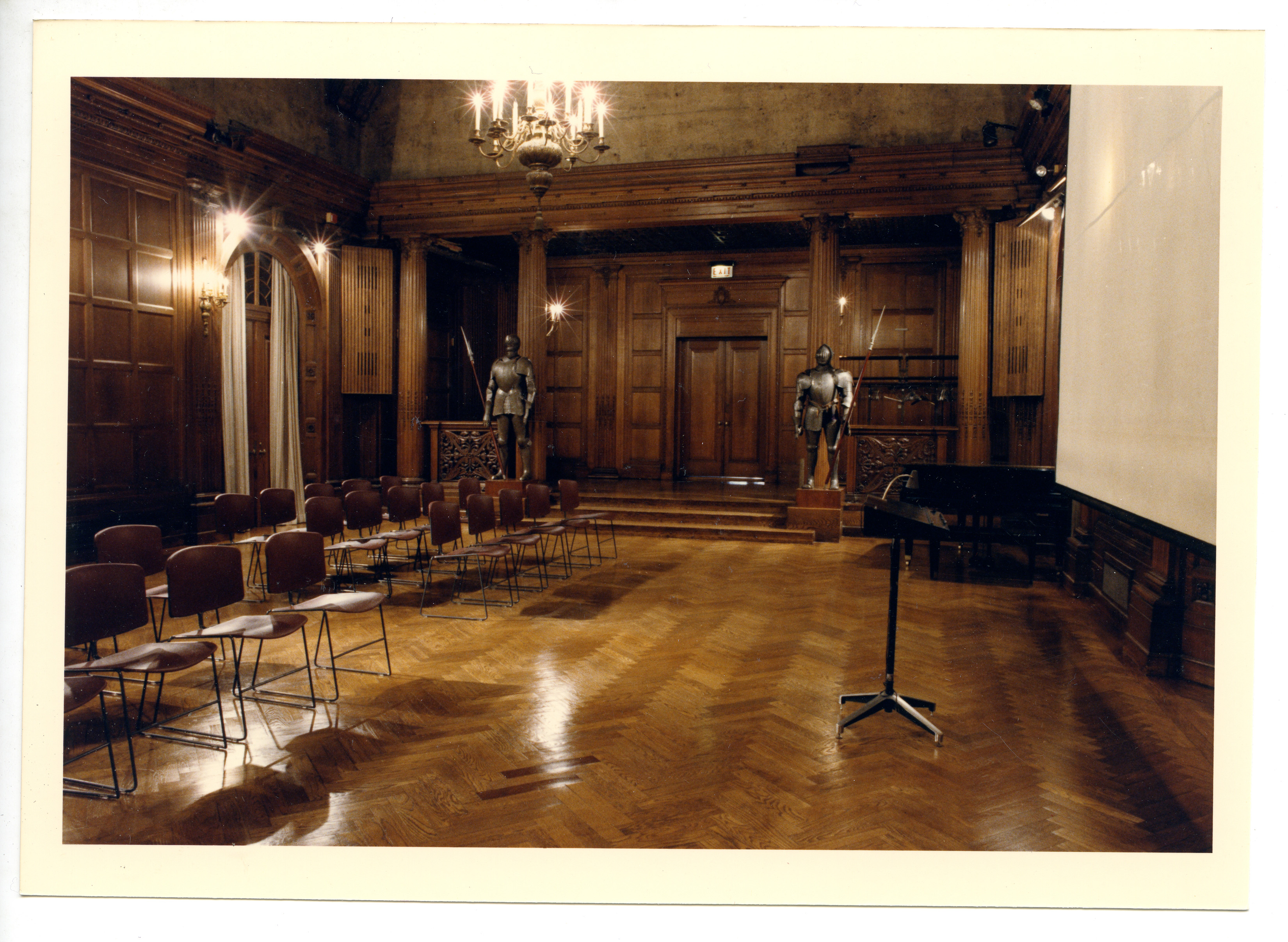
The 2015-2016 Annual Report released by the school claims they “threw a few pool parties for faculty and staff, swam under the fake grape clusters that hung down over the dreamy pool, and watched each other swim through the porthole window while drinking Mai Tais in the grotto bar.” So, a few lucky artists dipped their toes into the mansion’s sexy waters before it was filled with furniture.
Allegedly, students lived in what were formerly the Bunny dorms. One Reddit user, who claims to have helped SAIC evaluate the property, states there was a passage of some kind — a tunnel or hallway — connecting these rooms to Hef’s, though SAIC hasn’t been able to confirm this factoid.
There seems to be no clear reason why Hef loved SAIC so much, or why the school accepted this gift in the first place. When asked why Hef would give SAIC a mansion for what amounted to $50, despite never really attending the school, Martin simply said, “I don’t know.”
It’s rumored that Hefner took a female anatomy class at SAIC before pursuing a BA in Psychology at the University of Illinois, which could be a reasonable motive for his donation. If you introduce a “men’s lifestyle” publisher to the clitoris, you get a mansion, right?
However, records of Hef’s time at SAIC are vague. A memo released in 1972 says Hef “attended the School part time, 1945-1946, 1951-1952,” but makes no mention of what courses he took, while the registrar’s office only has record of him attending a figure drawing class in the summer of 1946.

Financial gain may have been SAIC’s motive for accepting Hef’s gift. When SAIC was offered the mansion, they knew that after five years the property would be given to them as a charitable donation. According to Dublon, the lease and donation were of financial benefit to Hef as well.
According to the Chicago Tribune, the school purchased the property next door to the mansion for $500,000, and spent $100,000 altering the buildings before students moved in. After five years of leasing the mansion, it was given to the school and promptly sold. It’s unclear how much the mansion was sold for; the school claims the funds were used to create a scholarship. But, with no trace of the fund or its value on the internet, it’s unclear who benefitted from the mansion’s sale.
Politically, it’s complicated. I find it strange that such a progressive school would accept a gift from Playboy with seemingly no pushback from students. Gloria Steinem’s “A Bunny’s Tale” was 20 years old by the time the school signed their lease for Hefner Hall. Feminist critique of Playboy had existed for years and it was understood that Playboy used women as objects of male pleasure and sexuality.
Playboy has been championed for its contributions to the fights for LGBTQ+ rights, abortion rights, and birth control. Playboy apparently served as an amicus curiae — an impartial adviser — in the Roe v. Wade case. In 1991, they featured transgender model Caroline “Tula” Cossey in a pictorial.
However, these actions don’t excuse a 2010 interview in which Hefner literally said “women are objects!” It certainly doesn’t negate the allegations of mistreatment and intense control brought by his former girlfriends. Just as Harvey Weinstein’s donations to the Democratic party have zero effect on his behavior towards women in Hollywood, Playboy’s direct political participation doesn’t excuse the sociopolitical impact of what it publishes.
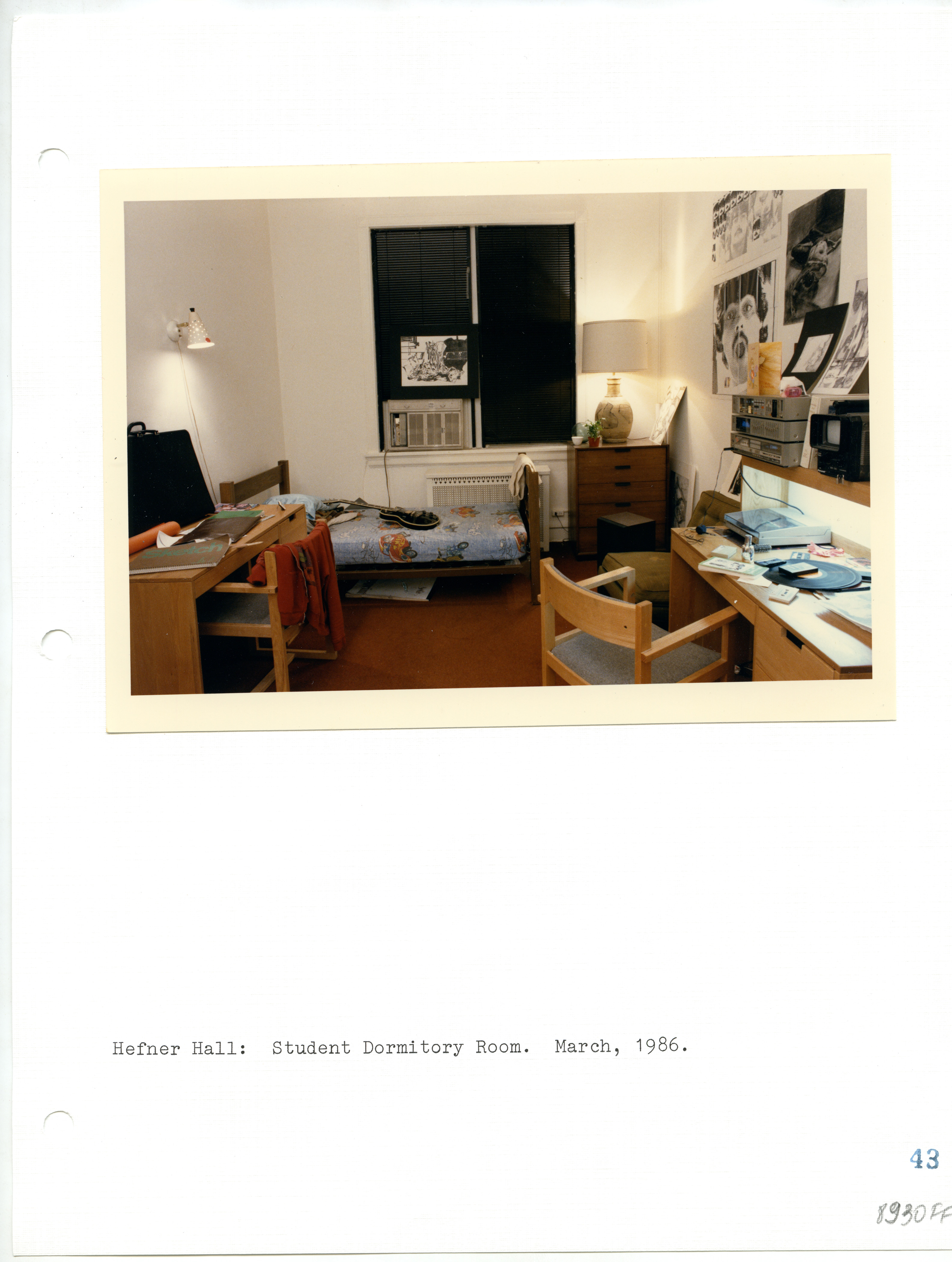
The whole thing seems quite odd, and not just because they filled the pool with furniture. For starters, investigating the Playboy mansion proved to be quite underwhelming. The school lacks any real documentation of their use of the mansion, and nobody in administration seems to remember much about the Hefner Hall years. If I leased the original Playboy mansion, you better believe I’d have an obnoxious number of photos and memorabilia.
Student Life and Student Affairs provided as much as they could in terms of photos and documents, and were quick to answer my questions. But, the implications of using a Playboy property at a school with students so deeply connected to sexual equality seems to have been overlooked by the SAIC community as a whole.
In fact, an Idea Exchange talk hosted by Campus Life in 2013 featured Christie Hefner as a speaker and, according to Dublon, she was one of the most well-received speakers the school has had. Don’t get me wrong, I’m all for celebrating strong and successful business women and making art in ridiculous mansions, but at what cost? What are the implications of SAIC being connected to Playboy, especially considering a lack of any real connection to Hef?
Perhaps it plays into a larger conversation surrounding the school’s relationship to sex and sexuality; perhaps not. The Playboy mansion is a beautiful building with a fascinating history. Given the opportunity, I would spend a night there (without Hef and with every intention of snooping around, of course). I can’t say whether I’d ever accept a gift of that magnitude from a business like Playboy. What I do know is that Hefner and Playboy Enterprises exploited women, despite whatever positive contributions they may have made.



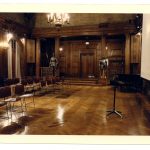

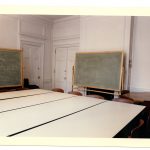

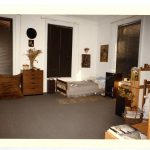


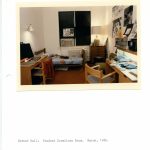
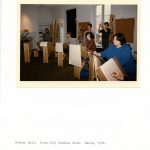

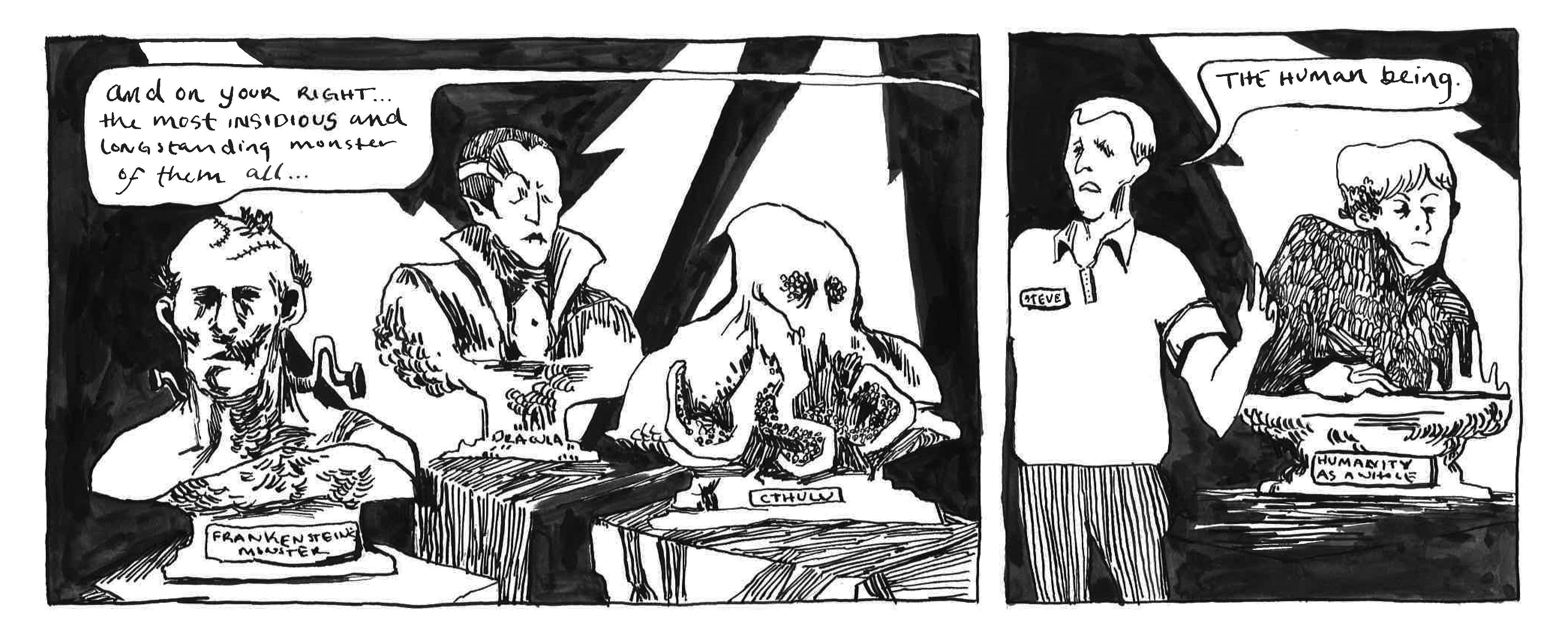



LeRoy Neiman, artist & SAIC alum, was an illustrator for PlayBoy Magazine & I’ve read that many SAIC graduates and students illustrated for the magazine while it was located in Chicago, so that may be part of the Hefner/SAIC connection. Source: http://www.saic.edu/lifeatsaic/theleroyneimancenter/aboutleroyandjanetneiman/
I was a fresh out of undergrad architect tasked with preparing the drawings for the conversion of the mansion to a dormitory. It was a bit heartbreaking to decommission all the cool Austin Powers type gadgets (“push this grape in the 19th century Italian hand carved paneling to open a silent secret panel revealing a spiral staircase leading up to a bunny apartment”). There was a very cool 60s motif roman bath that was destroyed to become the bike room.
My 1985 23-year old self didn’t have a particularly nuanced take on the project other than being a little embarrassed for my older generation bosses’ leering giddiness with the project.
Lowly grunt that I was, I was still aware how uncomfortable the Art Institute was at receiving this white elephant.